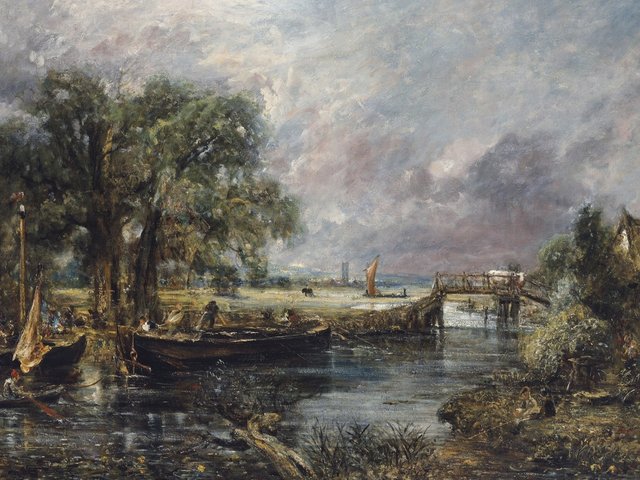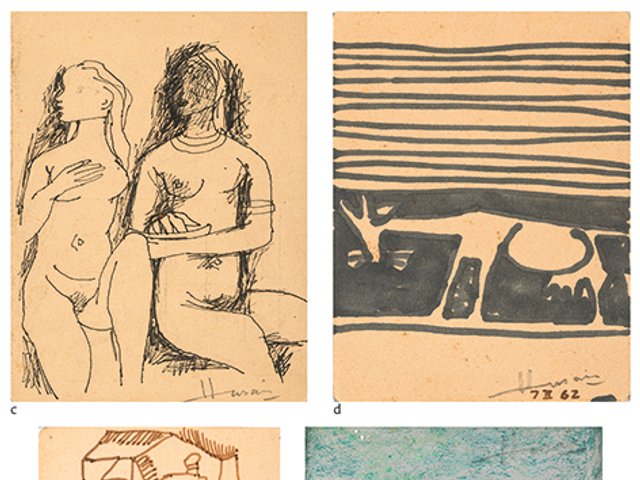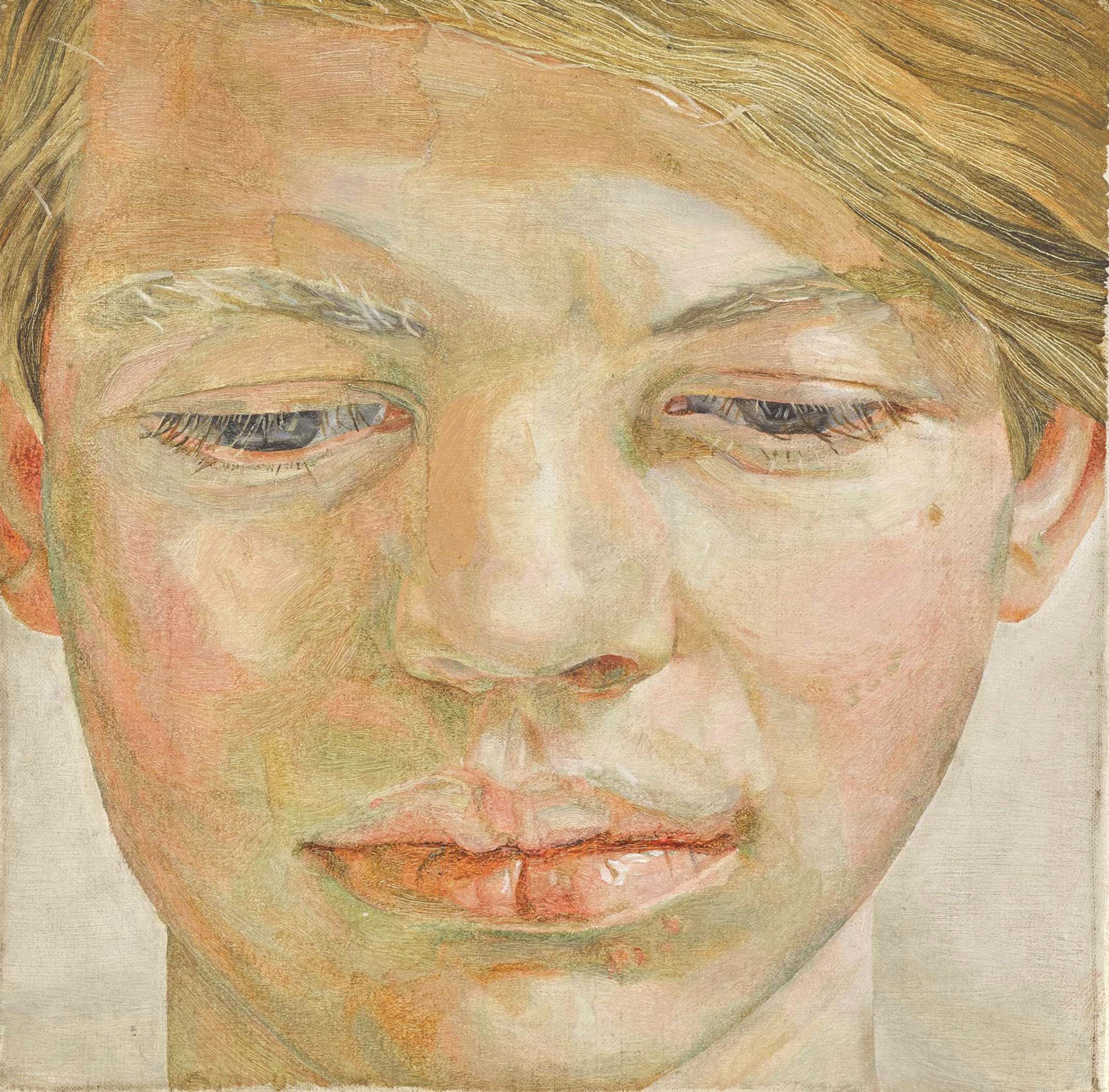
This portrait by Lucian Freud of his close friend, the late Garech Browne, was painted when the artist was 34. The younger Browne, who became a great patron of the arts and the custodian of the bohemian Luggala estate in Ireland, once described Freud as “the person from whom I learned most”. Freud would visit Luggala with his then-wife Kitty in the 1940s, though he later eloped with and then married Browne’s cousin, Caroline Hamilton-Temple-Blackwood. Browne remembers: “He was painting my portrait at Luggala when the house caught fire in 1956, so he gave the unfinished version to Caroline and started again.” This second version of the portrait has hung in Luggala for over a century and has never before been offered for sale. Lucian Freud, Head of a Boy (1956). Contemporary Art Evening Auction, Sotheby’s, London, 5 March. Estimate £4.5m-£6.5m. Image courtesy of Sotheby's.
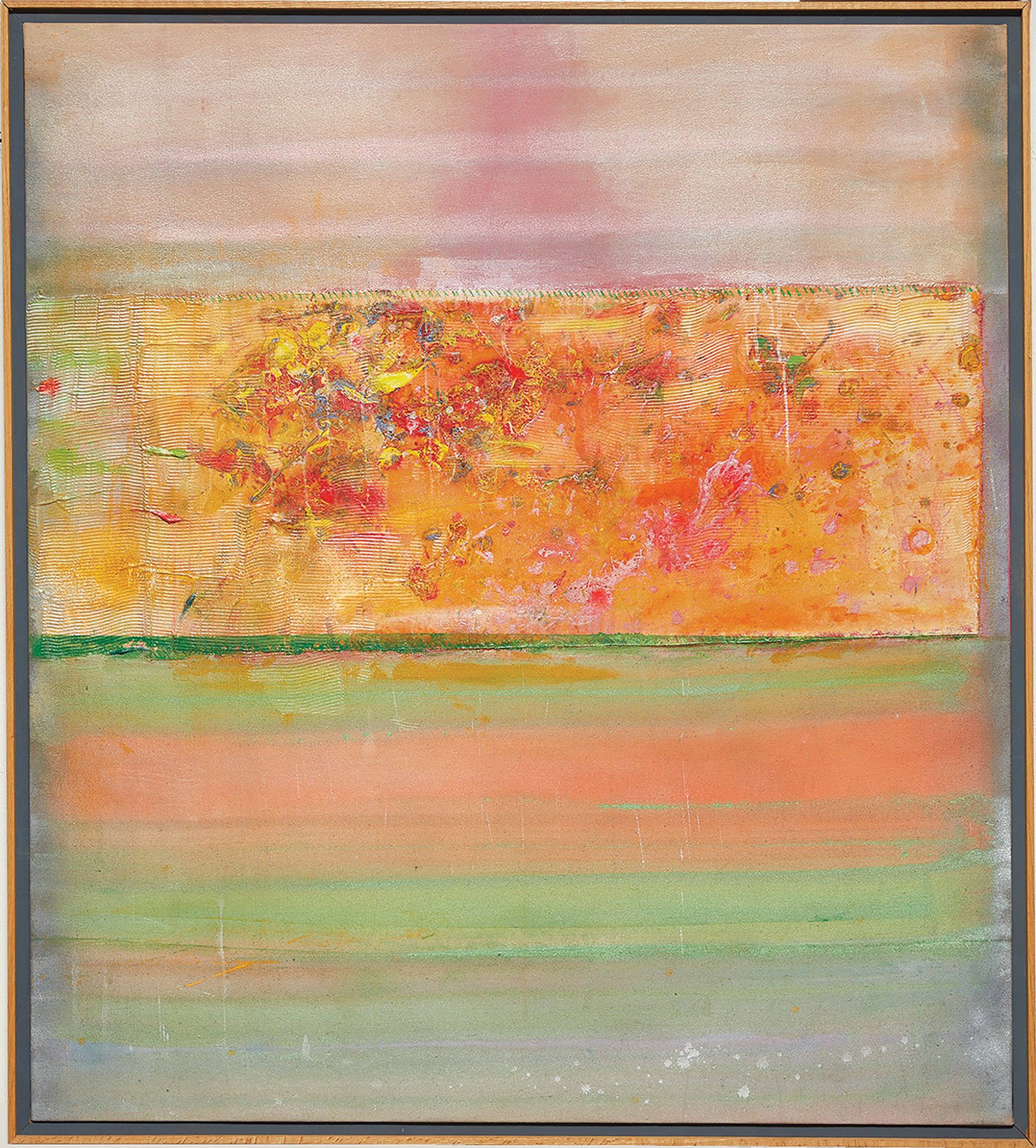
Frank Bowling’s works painted this side of the year 2000 are comparatively rare to market, though this acrylic-on-canvas piece is actually composed of recycled fragments from a previously abandoned 1972 painting. The original work was made in the same year he met Clement Greenberg and synthesised the critic’s theories of abstract formalism into his own practice, marking the start of the dripped paint works for which the British-Guyanese abstract artist is perhaps best known. By using a fragment of an earlier piece, the artist seems to pay homage to the initial quest for purity of expression encapsulated in his early experimentation with Colour Field theory. Frank Bowling, Pondlife (2010). Phillips, 20th century and Contemporary Day Sale, New York, 8 March. Estimate £50,000-£70,000. Image courtesy of Phillips.
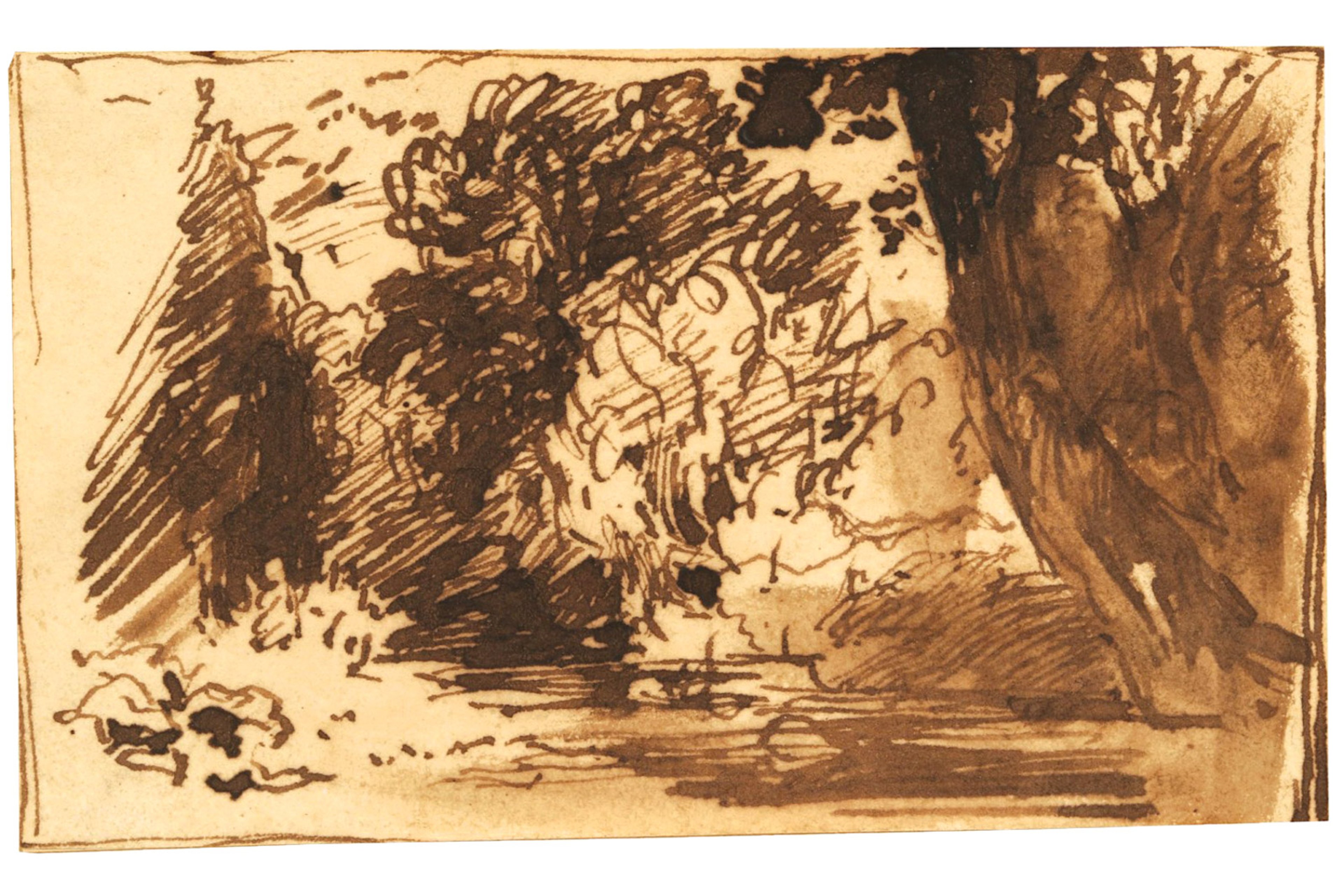
Two drawings found in a dusty cardboard box during a home clearout have been discovered to be studies made by the British landscape painter, John Constable. Dated to the artist’s late period by Anne Lyles, a leading Constable expert and former director of the Tate, they are thought to be illustrations of a scene from Shakespeare’s As You Like It, and bear a strong resemblance to a horizontal watercolour Constable exhibited at the Royal Academy in 1832. Suzanne Zack, the head of British and European Art at Chiswick, notes that previously unknown Constable drawings are “extremely scarce”, although these tiny drawings which measure around 2in by 3in, are priced in accordance with other Constable works of this scale. Attributed to John Constable, A Woodland Glade; preparatory study for Jaques and the Wounded Stag (1832-35). British and European Fine Art Sale, Chiswick, London, 6 March. Estimate £5,000-£8,000. Image courtesy of Chiswick.
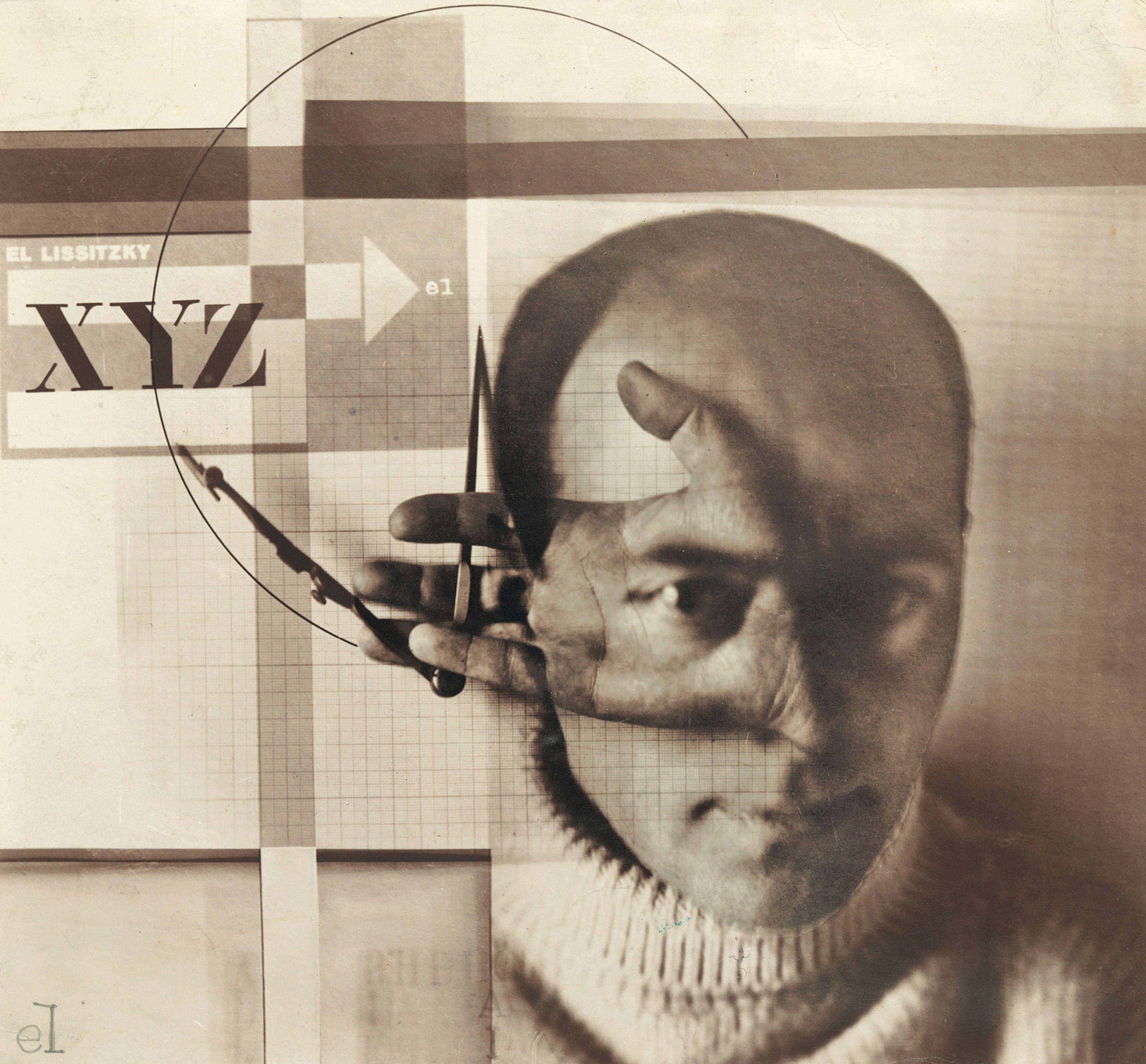
El Lissitzky gave this work as a present to a major patron whose doctor husband secured him a hospital bed during a life-threatening bout of tuberculosis and it has been owned by the same family ever since. The work was created in a pivotal year which saw Lissitzky entirely turn his back on painting to focus on photomontage and camera work and it has become something of a symbol for the Russian avant-garde, having been reproduced in various Soviet publications during the 1920s. The present work is the largest recorded early print of this image and the only one that is comparable to the original photomontage in size, which hangs in the collection of the State Tretyakov Gallery, Moscow. El Lissitzky, Self Portrait (The Constructor, 1924). Masterpieces of Design and Photography, Christie’s, London, 6 March. Estimate £800,000-£1.2m. Image courtesy of Christie's Images Ltd.
This portrait by Lucian Freud of his close friend, the late Garech Browne, was painted when the artist was 34. The younger Browne, who became a great patron of the arts and the custodian of the bohemian Luggala estate in Ireland, once described Freud as “the person from whom I learned most”. Freud would visit Luggala with his then-wife Kitty in the 1940s, though he later eloped with and then married Browne’s cousin, Caroline Hamilton-Temple-Blackwood. Browne remembers: “He was painting my portrait at Luggala when the house caught fire in 1956, so he gave the unfinished version to Caroline and started again.” This second version of the portrait has hung in Luggala for over a century and has never before been offered for sale. Lucian Freud, Head of a Boy (1956). Contemporary Art Evening Auction, Sotheby’s, London, 5 March. Estimate £4.5m-£6.5m. Image courtesy of Sotheby's.
Object lessons: from Lucian Freud's tender portrait of a friend to El Lissitzky's pivotal self-portrait
Our highlights from upcoming fairs and auctions
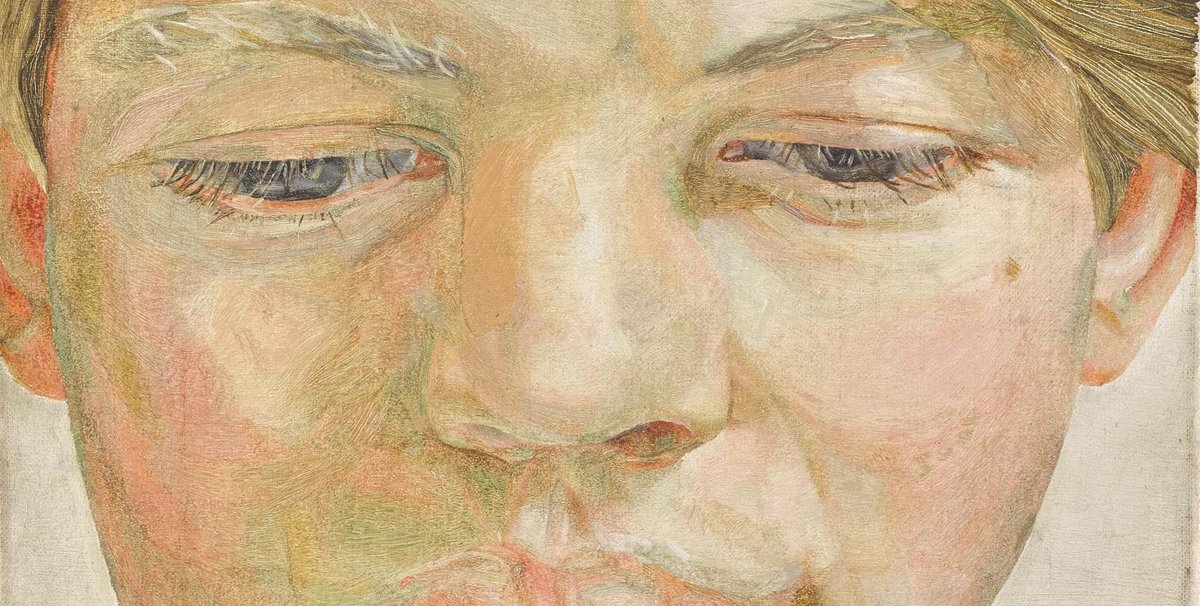
Lucian Freud, Head of a Boy (1956) Sotheby's


